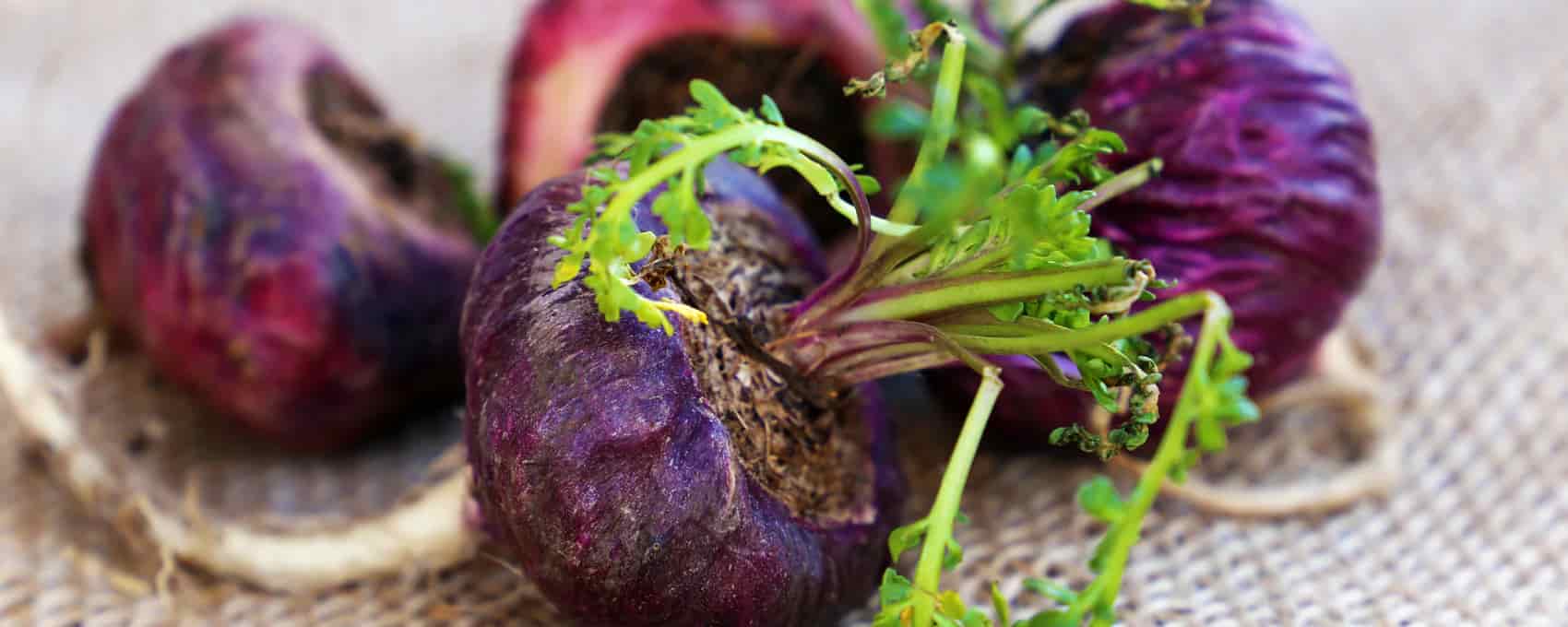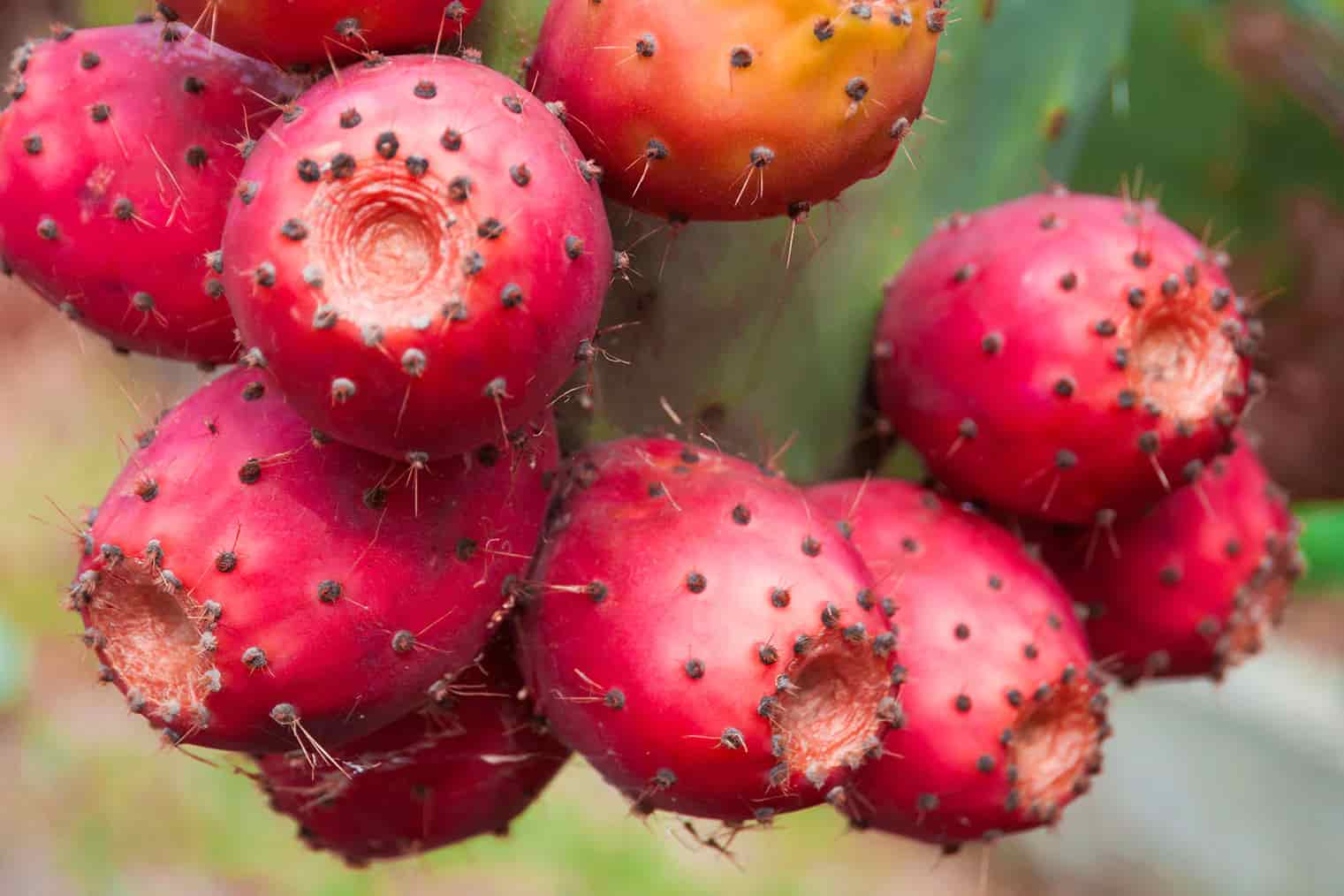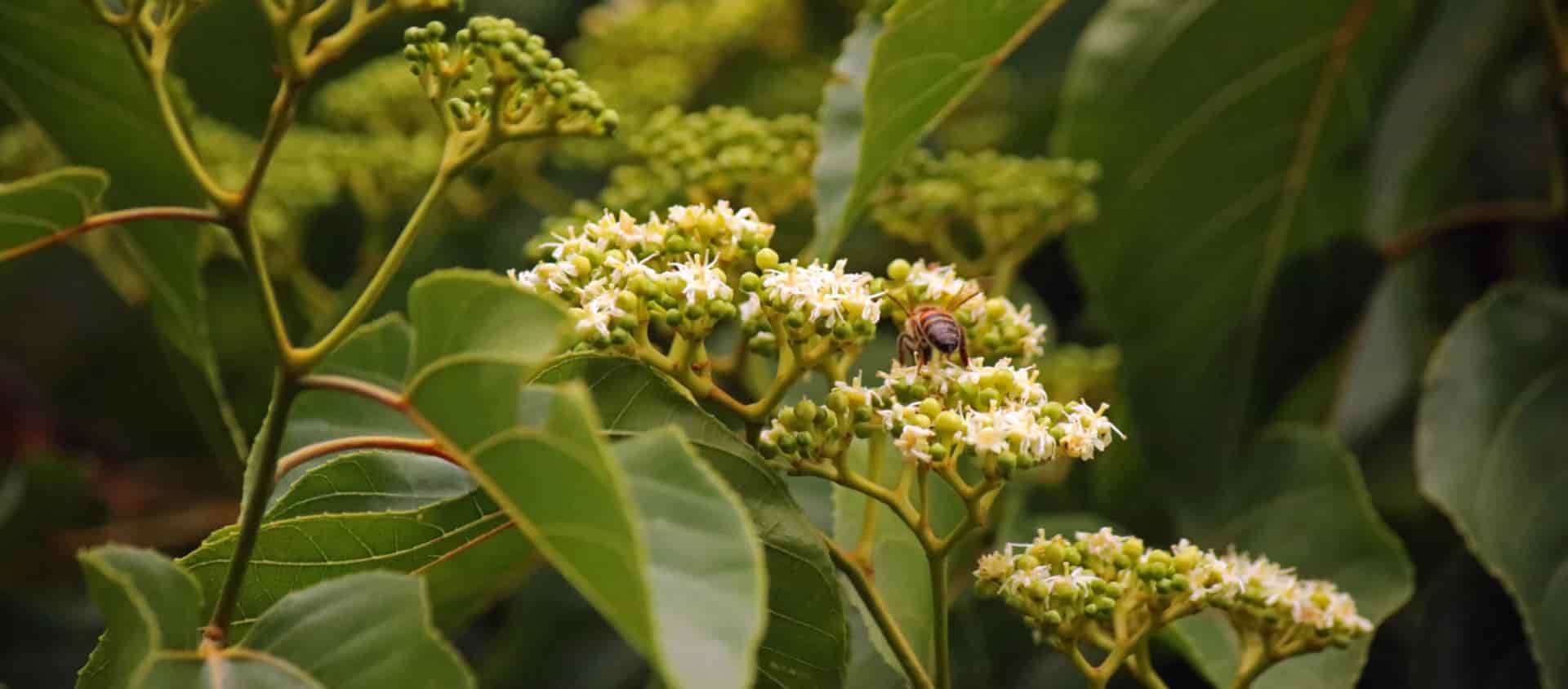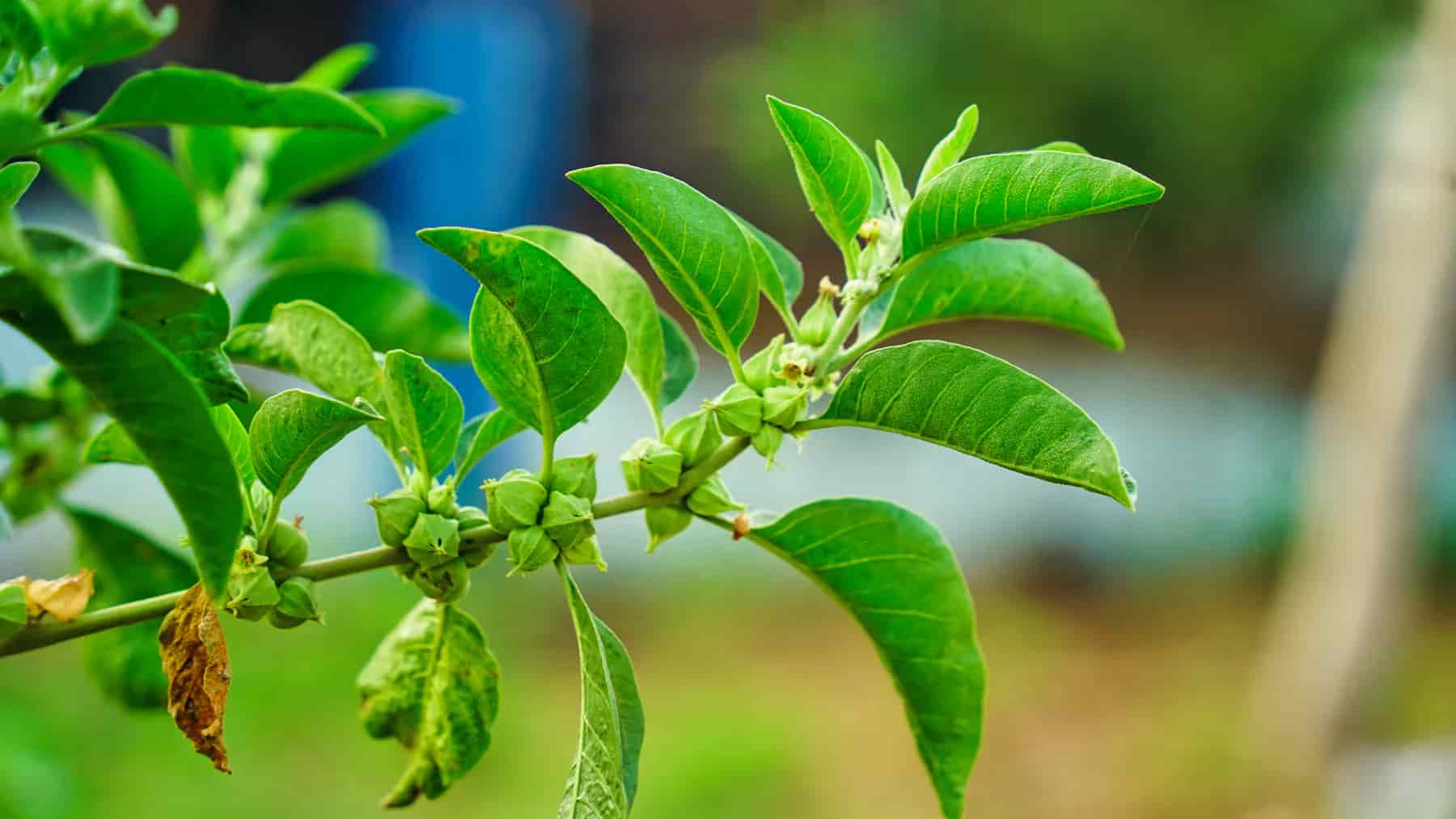If you've ever felt the pangs of menstrual cramps or the stubborn grip of a muscle spasm, you know the struggle is real. Enter cramp bark – an ancient herb celebrated for its ability to soothe menstrual cramps in the moment, and ease muscle tension and achy joints.
Used for centuries as a natural remedy for all kinds of, cramp bark (scientifically known as Viburnum opulus) brings a nature-powered calm that feels like a balm for life's uncomfortable moments. Let's dive into what makes cramp bark such a powerful ally, and how this humble herb might just become your next wellness go-to when you need quick and sweet relief!
Botanical Background: Viburnum Opulus's Origins and Nature
Cramp bark comes from the Viburnum opulus plant, part of the Adoxaceae family. It's native to Europe and North America, thriving in woodlands, along streams, and in those moist areas where it can stretch up to 15 feet tall. The plant's bark is the star of the show when it comes to health benefits—hence the name "cramp bark." Its smooth, grayish-brown bark is iconic, along with clusters of white flowers that bloom in late spring and bright red berries that make the wildlife optics pop. While tart red berries are edible, it's the bark that herbalists adore for its potential to ease cramps and provide natural and trust worthy relief.
Historical Use and Cultural Significance
Cramp bark's medicinal use dates back centuries. Native American tribes, such as the Meskwaki and Cherokee, tapped into cramp bark's antispasmodic benefits to ease the menstrual cycle, cramps and muscle discomfort. European folk medicine also adopted cramp bark for a range of uses, from easing labor related pains to relieving aches in joints and muscles. Cramp bark was even used to calm swollen glands, showcasing a wide reach of benefits. Fast-forward to today, and cramp bark is still celebrated in herbal medicine circles for its ability to bring relaxation in times of stress and discomfort.
Health Benefits and Medicinal Properties of Cramp Bark
Here's where cramp bark truly shines. Known for relieving various forms of cramping and tension, this herb has vasodilatory properties that support healthy blood flow, aiding circulation and supporting healthy blood pressure levels. Let's break down its top health benefits:
Menstrual Cramp Relief
Cramp bark is a favorite for easing menstrual cramps, thanks to its antispasmodic compounds like scopoletin and viopudial. These compounds help relax smooth muscle tissues and take the edge off those intense, throbbing sensations caused by uterine contractions. Studies back cramp bark's effectiveness for menstrual discomfort—without the side effects that can come with conventional alternatives.
Easing Muscle Tension and Spasms
Muscle cramps don't just happen in the uterus; they can strike anywhere in the body, especially after activity or during stress. Cramp bark's muscle-relaxing properties make it excellent for calming skeletal muscle spasms and reducing tension after a workout or long day.
Cramp bark's also calms the inflammatory response further alleviating discomfort, making it a holistic remedy for muscle-related concerns. By targeting both the muscle and inflammation, cramp bark offers well-rounded relief that's as gentle as it is effective.
Supports Joint Health
Cramp bark's calming and free radical scavenging properties make it a helpful herb for those dealing with achy joints and stiffness. Rich in flavonoids and phenolic acids, taking cramp bark also helps soothe joint swelling, which promotes mobility and comfort.
By supporting circulation of blood vessels, cramp bark helps with nutrient delivery to the joints, which can be beneficial for those experiencing joint discomfort due to aging or an active lifestyle. Combined with a balanced diet and regular movement, cramp bark can be a helpful addition to a joint health routine.
Calms the Nervous System
Beyond relieving cramps and muscle tension, cramp bark also has a calming effect on the nervous system. Its antispasmodic compounds, like scopoletin and viopudial, gently relax the body and promote a sense of ease after a taxing day.
This calming effect extends to the autonomic nervous system, helping regulate stress responses. For those who experience involuntary muscle spasms or tension in response to mental strain, cramp bark supplements can add an extra layer of support. Whether taken as a tea, tincture, or supplement, cramp bark's gentle nature is a fantastic addition to any stress-relief practice, like yoga or meditation. At bedtime, cramp bark supplements might help ease you into a more restful sleep.
How to Use Cramp Bark Supplements
Cramp bark is easy to add to your routine. Here are some popular ways to enjoy its benefits:
- Cramp Bark Tincture: For quick, concentrated relief, cramp bark tincture is ideal. Available in most health stores, tinctures can be added to water, making them convenient for muscle cramps or menstrual discomfort.
- Cramp Bark Tea: For a gentler experience, cramp bark tea is a great choice. Just steep 1–2 teaspoons of dried cramp bark in a cup of boiling water for 10–15 minutes, then strain and sip for relaxing support.
- Cramp Bark Capsules: For on-the-go convenience, cramp bark is also available in capsules, often combined with other supportive herbs.
WishGarden Formulas with Cramp Bark

Cramp bark stars in two of WishGarden's popular formulas: AfterEase and Cramp Release. AfterEase—one of our top-sellers—is loved for providing natural relief for postpartum cramping, while Cramp Release is a reliable ally for in-the-moment menstrual cramp relief. Both formulas combine cramp bark with other complementary herbs to maximize effectiveness and provide dependable support.
Why Choose Liquids?
Liquid herbal extracts have superior absorption potential. Without bioavailability and absorption, medicinal herbs plants cannot fully provide their healing properties. It's all due to our complex digestive system. Our digestion process starts in our mouth. We produce enzymes that start breaking down what we ingest, which means we begin digesting and absorbing the liquid extracts immediately. The body doesn't need to break down the plant cellulose in order to absorb the medicinal properties of the herbs, so the constituents enter our bodies with ease, convenience and with fewer digestion side effects.
Synergistic Herb Combinations for Enhanced Benefits
Pairing cramp bark with other herbs can amplify its effects. Here are a few combos to consider:
- With Ginger: Ginger's warming action soothes tension. It also calms the inflammatory response and is a great match for cramp bark, especially for menstrual cramps.
- With Black Cohosh: Known for easing muscle tension, black cohosh teams up with cramp bark to support women's health and hormonal balance.
- With Chamomile: Chamomile's calming effects make it a perfect partner for cramp bark, creating an sense of Zen.
These combinations enhance cramp bark's natural abilities muscle function, creating a balanced approach to both physical and emotional wellness.
Safety and Precautions
Cramp bark is generally safe when used appropriately, but here are a few considerations:
- Possible Side Effects: Cramp bark may cause mild nausea for some people. If this happens, consider reducing the amount or trying a different form.
- Pregnancy: Due to its action on the uterus, cramp bark should be avoided during pregnancy unless recommended by a healthcare provider.
- Allergic Reactions: Those allergic to plants in the Adoxaceae family should proceed with caution.
[[ recipeID=recipe-2m2up0pmr, title=Calming Cramp Bark Tea ]]
Harness the Healing Power of Cramp Bark
With a well-earned reputation as a natural cramp-reliever, cramp bark is a fantastic addition to any wellness routine. Embrace the benefits of this time-tested herb and let cramp bark bring calm and comfort, one cup of tea—or dose of tincture—at a time.
Rebecca Younger is passionate about herbs and women's health. She aspires to plant seeds of inspiration within her community about plant medicine and healthier ways of life. She studied Herbal Medicine at Herbalism Roots in Denver and is a certified Doula through the Matrona Foundation. She is the Brand Communications Specialist at WishGarden Herbs.
For educational purposes only. This information has not been evaluated by the Food and Drug Administration. This information is not intended to diagnose, treat, cure, or prevent any disease, or to sell any product.
Recommended Products
Further Reading










